
This stone carved in memoriam for a very good bloke, who participated in the excavation of the cairn, and who is the only person I’ve met who had a CnR tattoo. He passed away suddenly, and this stone now resides in his family’s garden in Heaton.

This stone carved in memoriam for a very good bloke, who participated in the excavation of the cairn, and who is the only person I’ve met who had a CnR tattoo. He passed away suddenly, and this stone now resides in his family’s garden in Heaton.

Weetwood Rock Carvings

Weetwood 6, upper and lower motifs. 30/05/09.

Weetwood 6, in the trees, upper motif.
30th May 09.

(After Beckensall, 2001)

After Beckensall 2001
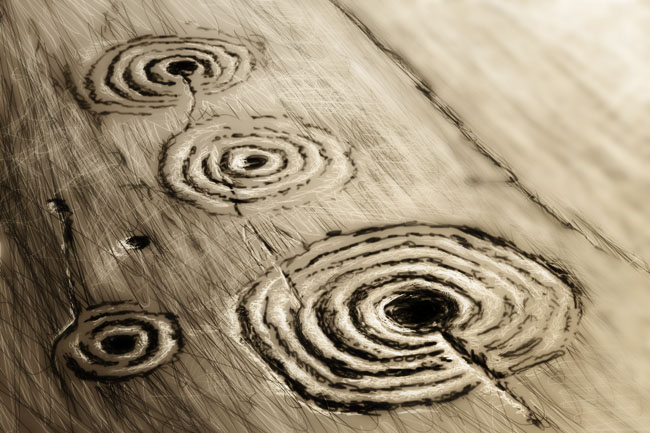

5-3-08

5-3-08

5-3-08
The man made cairn in the background showing the position of Weetwood 3.

5-3-08

5-3-08
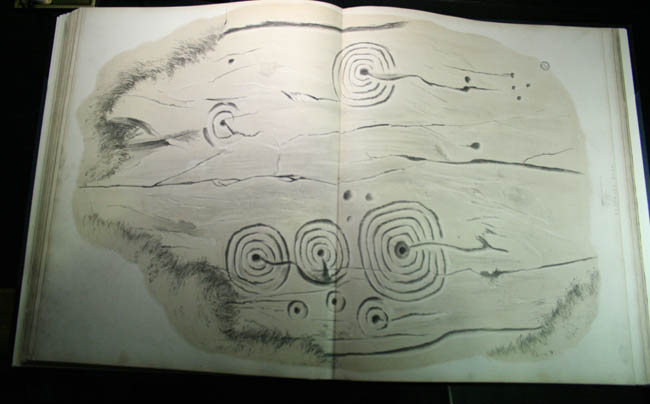
From ‘Incised rocks...‘
Interesting to note he’s missed out the groove that links the two larger motifs.

Weetwood Moor 6; detail

Weetwood Moor 6

Weetwood Moor 3a; detail

Weetwood Moor 3a; known locally as ‘Billy’s Bicycle’.

View E from near the plantation

Photo of the front panel of a brieze-block lamp.



I think this is 2e.

16/4/06
panel 3
wolfy

16/4/06
panel 3
wolfy

16/4/06
panel 3
wolfy
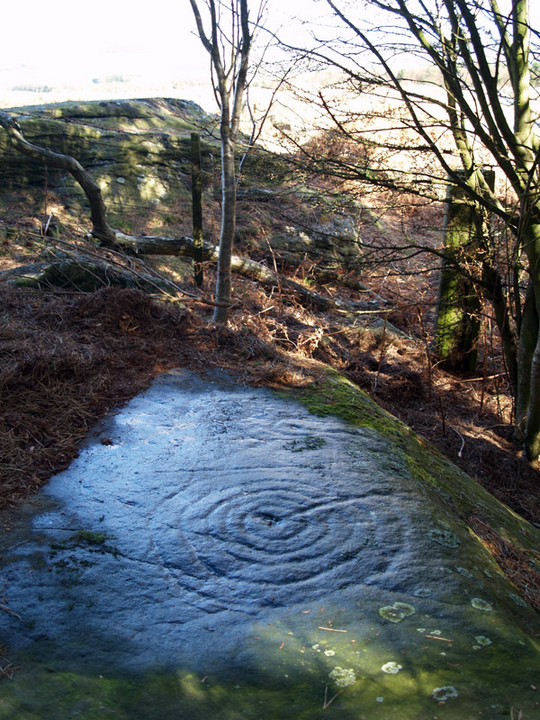
16/4/06
panel 6
wolfy

16/4/06
panel 5
wolfy

16/4/06
panel 5
wolfy

16/4/06
panel 5
wolfy

16/4/06
panel 7
wolfy

16/4/06
panel 7
wolfy

16/4/06
really worn carvings..
wolfy

16/4/06
weetwood cairn NU 02263 28106
showing how much the carvings have become weathered.
wolfy


Large, slightly conical cup, about 8 inches in diameter, found at Weetwood Bridge.

Weetwood 6

Weetwood 6

Weetwood 5

Weetwood 1f

Weetwood 1d

Weetwood 1b

Weetwood 2d

Weetwood 1a

The wet weather created a nice look to the image.

photograph taken in the rain.

image taken on a wet monday afternoon.

Drawn in the late 19th century.

Drawn in the late 19th century.

Plantation stone

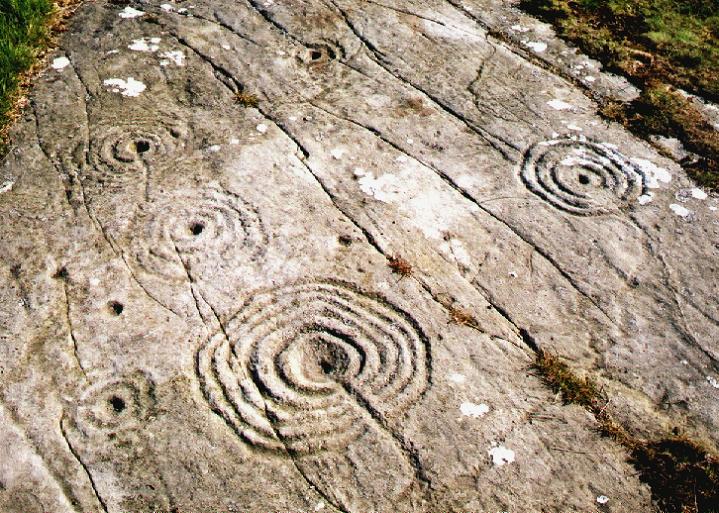


Cup and ring marks on Weetwood Moor

Cup and ring marks on Weetwood Moor

Cup and ring marks on Weetwood Moor


Site 6

50p coin for scale below largest motif.

08/03 Connected cups

08/03

08/03

16-3-03. The one that’s usually covered in cowcack.
.o0O0o.

16-3-03. The one under the trees.
.o0O0o.

16-3-03. The one under the gorse bush.
.o0O0o.

Weetwood Moor, site 1; crossed halter-cups.

Weetwood Moor, site 1; on the edge of the former quary.
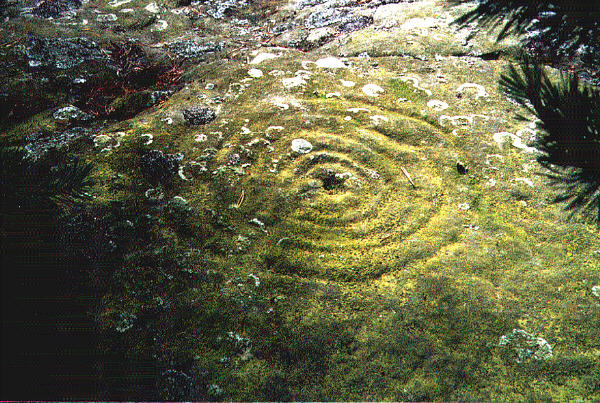
Weetwood Moor, site 6 (on the E. side of the plantation, just behind the wire fence). August 1998.

Weetwood Moor, site 3; the main panel is marked by a pile of stones. August 1998.

Weetwood Moor, site 3; detail of the rock art panel. The out-running groove doesn’t cut through the rings.

Weetwood Moor, site 5 (in the Gorse bush), with a pear-shaped cup-and-ring motif. Photo by Gus, May 2002.

Taken 1-1-03.

Taken 1-1-03.

Taken 1-1-03.
A really good fresh cowpat is very similar in shape to these types of carvings – is this a coincidence?!
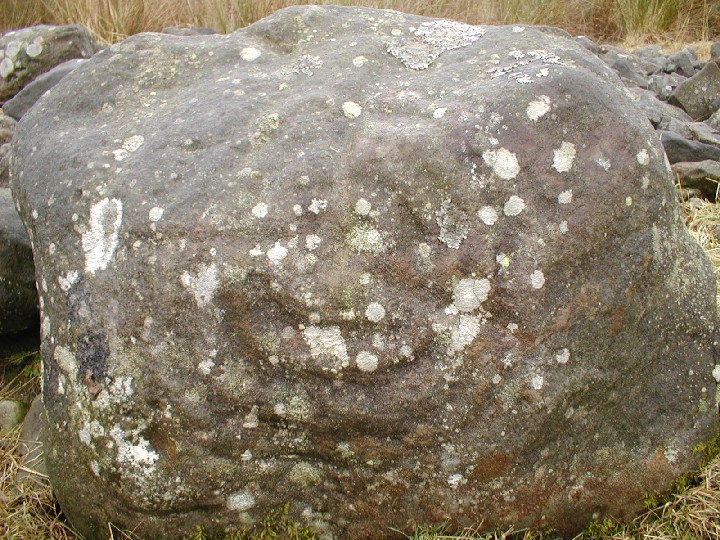
Taken 1-1-03.

A Cup & Channel carving

The most extensively carved rock. Three rings in alignment with others surrounding.
This is a high density rock art site. It’s easily possible to spend a couple of hours wandering about playing spot the carving. There are loads of them, most of them nowt to write home about, many quite seriously worn down. But it’s still fun to hunt about matching them up with their descriptions, just on the off chance that oe has been missed, or that the lighting conditions have revealed ones not recorded before (unlikely, but you never know...).
One thing that is assuredly the case, is that the more complex motifs occupy the higher ground, with the wider views. The main panel, listed as number 3 by Beckensall, has to rank in the top 5 of British rock art sites.
If you’re in a hurry and want to see some fines examples of prehistoric art, then nip up here, and make a beeline for Panels 3, 5 and 6. You could take in all 3, and be back in the car within 20mins.
Alternatively, if you’re not in a hurry, meander across the moor to Whitsunbank and Coldmartin, or if you’re feeling a bit hyper, tromp down to Chatton, then up to The Bowden doors, get a feel for the Till valley, and appreciate the landscape, to try and suss out the placing of the enormous number of carvings around the valley.
These pictures were taken just when it began to rain: it took a fair bit of hopping from hummock to hummock to find these rocks.
Take the track opposite the bend in the B6348, and there’s a gate/stile with a public footpath going through the gorse on the right-hand side. The rocks are spread across a fairly wide area ahead and to the right – worth spending a while here to find the best ones.
I didn’t have a lot of time here so I spent it looking for the large slab with huge cup and ring marks.....a stunning stone.(NU02158 28230)
There are quite a few other worn carvings on the stones above the first small quarry you come to when you enter the moor by the path near the cattle grid. The main slab is beyond these near the ‘edge’.
Up on the moor, turning off the Wooler to Chatton road at a 90º corner head up the single track road until you cross the first cattle grid. Park here and the rocks are on your right about 100yards away.
Stone markers have been left to show which rcoks are inscribed.
Our Neolithic friends had plenty of canvas to work on, but some of the largest & flattest rocks are untouched.
Looking at the views, maybe this is because of the carvings alignment with the surroundings. There are new trees nearby, but if you look to the South-West you can see the twin hills of Harthope and Cheviot.
A Sacred Landscape.
There is a cornucopia of Rock Art pictures of Weetwood Moor, 11 individual sets of pictures listed under Weetwood, Wooler at the end of the Northumberland section of the BRAC website (go to Links).
There is an annual fair held on Whitsun-Tuesday* at Weetwood Bank. It is one of the largest fairs in the north, for cattle, horses, and sheep. The latter are principally long-wooled hogs**, and ewes and lambs. Servants are also hired at this fair.
This from E Mackenzie’s ‘Historical, topographical and descriptive view of the county of Northumberland’ (1825).
A ‘General Gazetteer‘of 1766 mentions ‘black cattle, sheep, horses, and mercantile goods’.
*I.e. some time late May-June, as according to the arcane calculation of when Easter is.
**A ‘hog sheep’ is a year old.
There are individual sites for Weetwood Cairn and Weetwood 1-9 in Northumberland on BRAC.
Can’t beat this when it’s cold and raining.
Someone has posted more pictures and drawings of the Weetwood Moor carvings here.




























































































































